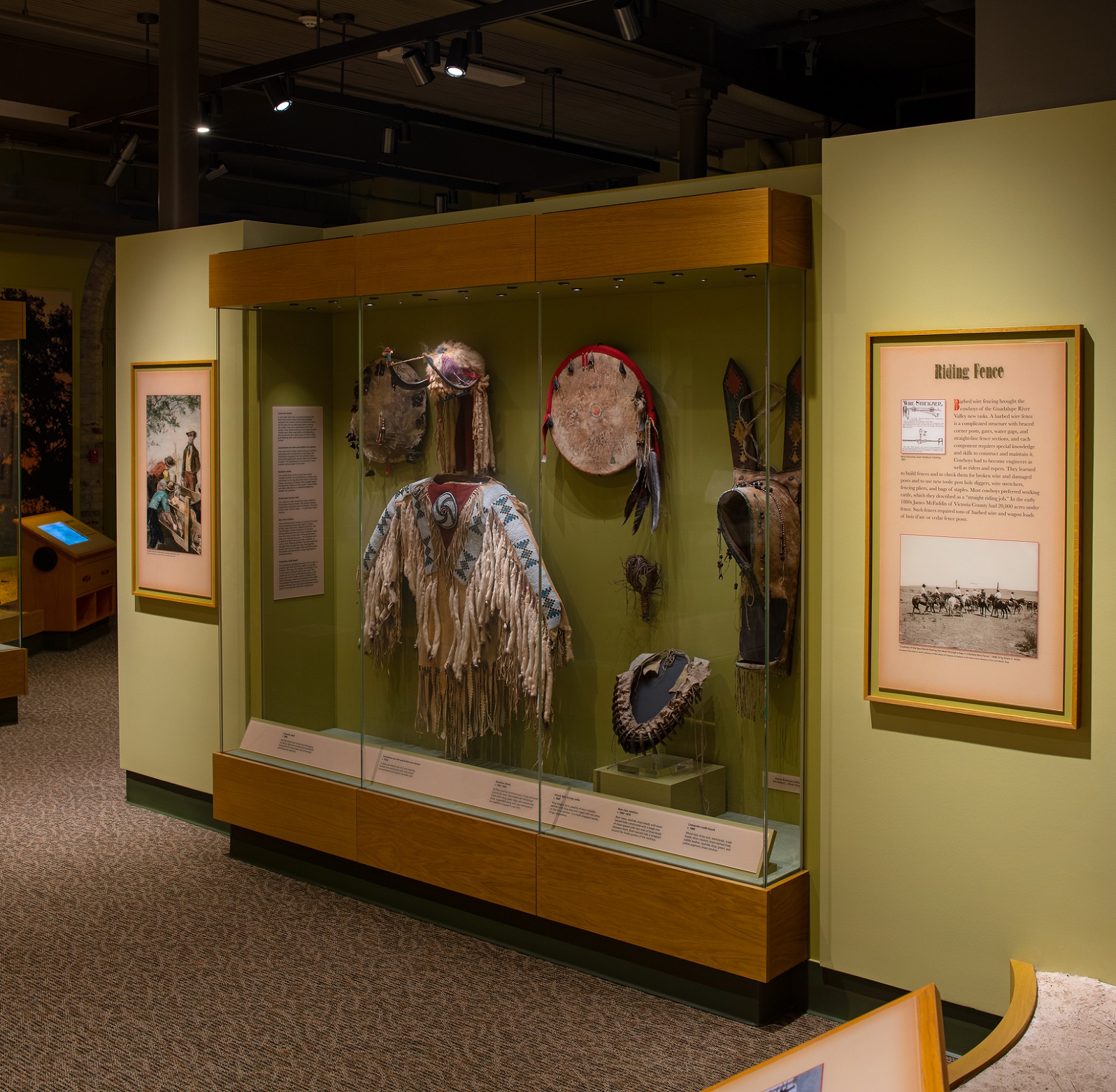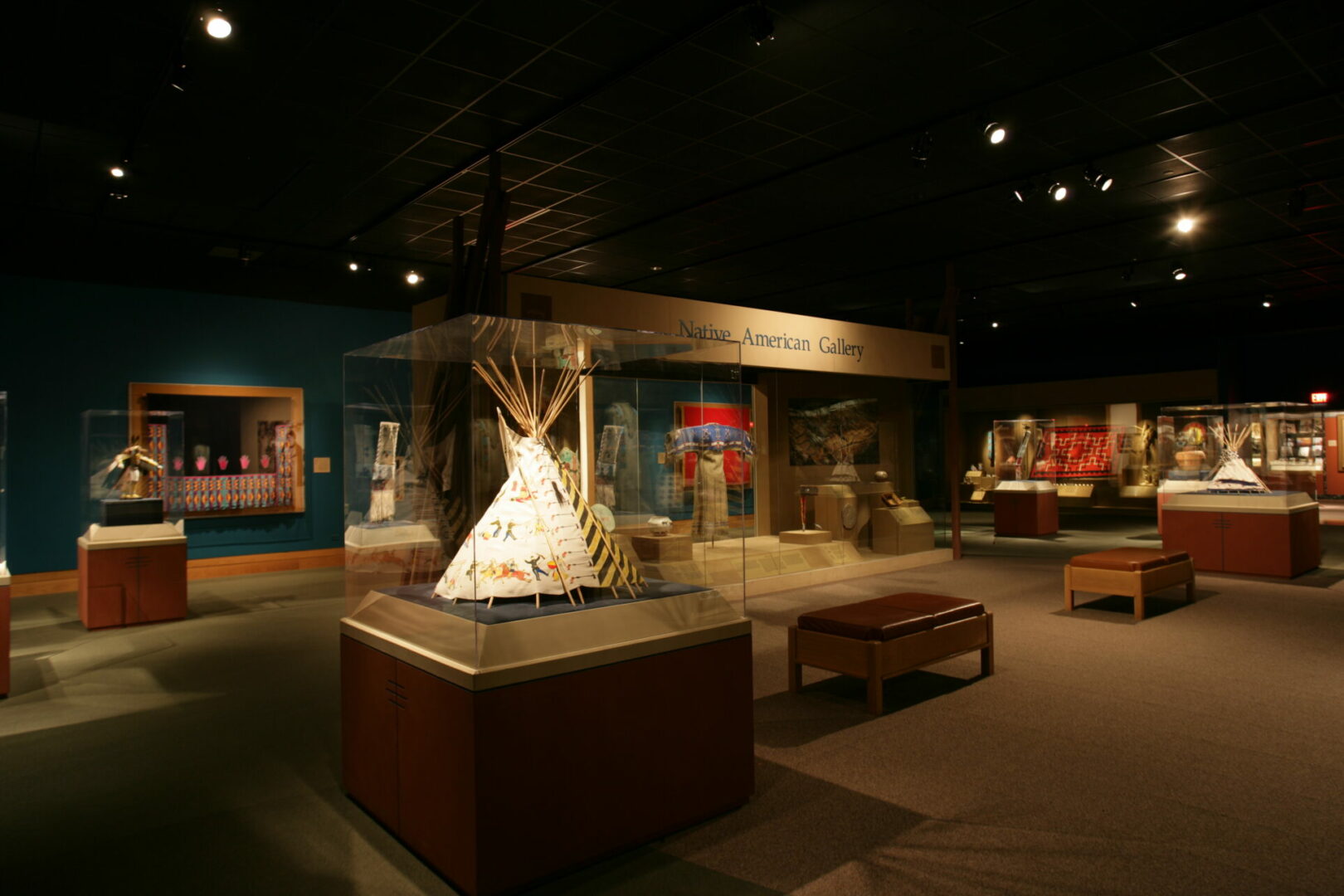
Interactive Pedagogy: Engaging Young Minds in Native American Museums
Native American museums serve as vital institutions for preserving, interpreting, and celebrating the rich and diverse cultures of Indigenous peoples across the Americas. While their primary mission often involves scholarly research and adult education, a growing emphasis is placed on engaging younger audiences. Interactive displays for children in these museums are not merely supplementary attractions; they are meticulously designed pedagogical tools that aim to foster empathy, dismantle stereotypes, promote critical thinking, and cultivate a deeper, more nuanced understanding of Native American histories, contemporary lives, and enduring contributions. This article delves into the multifaceted nature of these interactive exhibits, exploring their educational rationale, diverse typologies, design principles, and profound impact.
The Imperative of Early Engagement
Children represent a critical demographic for cultural education. Their formative years are ripe for absorbing new information, challenging preconceived notions, and developing a worldview rooted in respect and understanding. For Native American cultures, this early intervention is particularly crucial due to the prevalence of historical inaccuracies, romanticized portrayals, and damaging stereotypes perpetuated by mainstream media and educational curricula. Interactive displays in museums offer a dynamic counter-narrative, presenting authentic voices and experiences in an accessible and engaging manner.
The educational objectives for young visitors typically include:

- Deconstructing Stereotypes: Directly addressing and correcting misconceptions about Native Americans as a monolithic, historical, or "primitive" people.
- Fostering Empathy and Respect: Encouraging children to connect with Native experiences, perspectives, and values on a human level.
- Promoting Cultural Awareness: Introducing the vast diversity of Native American nations, their unique languages, traditions, spiritual beliefs, and governance structures.
- Connecting Past and Present: Highlighting the resilience and continuity of Native cultures, emphasizing their contemporary relevance and ongoing contributions.
- Developing Critical Thinking: Encouraging children to question sources, analyze information, and form their own informed opinions.
Pedagogical Principles Guiding Interactive Design
The design of effective interactive exhibits for children is grounded in established pedagogical theories, primarily constructivism and experiential learning. Children learn best by doing, exploring, and constructing their own understanding through direct engagement with materials and concepts.

Key principles include:
- Multi-sensory Engagement: Incorporating visual, auditory, tactile, and sometimes even olfactory elements to cater to diverse learning styles and create a more immersive experience.
- Age-Appropriateness: Tailoring content and complexity to the cognitive and developmental stages of different age groups (e.g., simple tactile activities for preschoolers, complex problem-solving scenarios for older children).
- Inquiry-Based Learning: Designing exhibits that pose questions, encourage exploration, and allow children to discover answers independently or collaboratively.
- Narrative and Storytelling: Utilizing the power of traditional Native American storytelling to convey complex histories, cultural values, and spiritual insights in a memorable way.
- Active Participation: Moving beyond passive observation to encourage hands-on manipulation, role-playing, and creative expression.
Typologies of Interactive Displays and Their Educational Value
Native American museums employ a wide array of interactive displays, each designed to achieve specific educational outcomes. These can broadly be categorized as follows:
1. Hands-On Replicas and Material Culture Exploration
These exhibits allow children to physically interact with replicas of tools, clothing, housing elements, and artistic creations.
- Examples: A station where children can try grinding corn using a metate and mano, simulating the preparation of traditional foods; a loom for weaving simple patterns; a display of different animal furs and hides to touch and identify; or an area for trying on replica regalia or moccasins.
- Educational Value: Fosters an understanding of daily life, resourcefulness, craftsmanship, and the practical application of traditional knowledge. It provides a tactile connection to history, moving beyond abstract concepts to concrete experiences. Children learn about the effort involved in producing goods and the ingenuity of past generations.
2. Digital and Multimedia Engagements
Leveraging technology, these displays offer dynamic and expansive learning opportunities.
- Examples:
- Touchscreen Kiosks: Interactive maps showing tribal territories, language lessons with audio pronunciations, digital storybooks, or timelines illustrating historical events from an Indigenous perspective.
- Augmented Reality (AR) and Virtual Reality (VR): Immersive experiences that transport children to a recreated historical village, allow them to participate in a virtual ceremony, or "build" a traditional dwelling.
- Interactive Games: Educational games that teach about sustainable hunting practices, traditional plant uses, trade routes, or governance structures. For instance, a game where children manage resources like a Native community, making decisions about hunting, gathering, and trading.
- Oral History Stations: Audio-visual booths where children can listen to contemporary Native elders tell stories, share personal histories, or discuss current issues in their own languages and English.
- Educational Value: Provides access to vast amounts of information in an engaging format, caters to digital native generations, and allows for personalized learning paths. It offers unique perspectives and voices, breaking down geographical and temporal barriers.
3. Immersive Environments and Dioramas
These large-scale installations allow children to step into a recreated cultural setting.
- Examples: A walk-through replica of a longhouse, tipi, or pueblo dwelling; a simulated forest environment showcasing traditional hunting and gathering techniques; or a "dig site" where children can excavate replica artifacts.
- Educational Value: Creates a strong sense of place and historical context, allowing children to imagine life in a different time and culture. It facilitates role-playing and collaborative learning, helping them understand community structures and environmental relationships.
4. Art and Storytelling Stations
These exhibits encourage creative expression and engagement with Native artistic traditions and oral histories.
- Examples: A craft area where children can create their own petroglyph designs, practice basket weaving with simple materials, or make a personal "talking stick"; a puppet theater for reenacting traditional stories; or a dedicated space for museum educators or Native storytellers to share tales and legends.
- Educational Value: Develops an appreciation for Native American art forms, symbolism, and narrative traditions. It fosters creativity, fine motor skills, and provides an avenue for children to express their understanding of the cultural themes.
5. Language and Oral Tradition Exhibits
Highlighting the vital role of Indigenous languages and storytelling in cultural transmission.
- Examples: Interactive panels where children can learn basic phrases in different Native languages, with audio guides; stations featuring recordings of traditional songs and chants; or digital interfaces allowing children to record their own stories inspired by Native narratives.
- Educational Value: Emphasizes the diversity and beauty of Indigenous languages, underscoring their importance in cultural identity and preservation. It introduces children to the rich oral traditions that are central to many Native cultures.
6. Contemporary Connections and Community Voices
These exhibits bridge the gap between historical narratives and the present-day realities of Native peoples.
- Examples: Interactive displays showcasing modern Native artists, scientists, entrepreneurs, and political leaders; video interviews with young Native people discussing their lives, challenges, and hopes; or a digital forum where children can submit questions to contemporary Native community members.
- Educational Value: Challenges the "vanishing Indian" stereotype by demonstrating the vibrant, living cultures of Native Americans today. It highlights ongoing issues such as sovereignty, environmental justice, and cultural revitalization, fostering an understanding of contemporary Indigenous experiences.
Designing for Inclusivity and Authenticity
The efficacy and ethical integrity of interactive displays in Native American museums heavily depend on their design principles, particularly concerning inclusivity and authenticity.
- Collaboration with Native Communities: Paramount to authentic representation is the direct involvement of Native American elders, artists, educators, and community members in every stage of exhibit development—from conceptualization to implementation and evaluation. This ensures cultural accuracy, respectful interpretation, and the avoidance of appropriation or misrepresentation.
- Representation of Diversity: Acknowledging the vast diversity among Native American nations is crucial. Exhibits should avoid presenting a monolithic "Native American" culture, instead highlighting the distinct traditions, languages, and histories of specific tribes.
- Accessibility: Displays must be designed to be physically accessible for children with disabilities, incorporating elements like adjustable heights, tactile pathways, and audio descriptions. Cognitive accessibility, ensuring clear language and logical progression, is equally important.
- Avoiding Tokenism and Exoticism: The exhibits should present Native cultures not as exotic curiosities but as complex, dynamic, and integral parts of human history and contemporary society. They should move beyond superficial engagement to deeper cultural understanding.
Challenges and Future Directions
Despite their immense potential, developing and maintaining interactive displays presents several challenges for Native American museums. Funding limitations often restrict the implementation of advanced technologies or large-scale immersive environments. The rapid pace of technological change necessitates continuous updates and maintenance. Furthermore, striking a balance between engaging interactivity and maintaining the reverence and respect due to sacred objects or sensitive cultural practices requires careful consideration.
Looking ahead, the future of interactive displays for children in Native American museums promises even greater innovation. Advancements in artificial intelligence could lead to personalized learning experiences, adapting content to individual child’s interests and learning paces. Expanded virtual museum tours and digital archives could provide access to children in remote areas, democratizing cultural education. The integration of community-led digital storytelling platforms will further empower Native voices, allowing children globally to connect directly with Indigenous perspectives.
Conclusion
Interactive displays in Native American museums are indispensable tools for cultural education, offering children dynamic and empathetic pathways to understanding Indigenous histories, cultures, and contemporary realities. By embracing multi-sensory engagement, constructivist learning principles, and rigorous community collaboration, these exhibits effectively dismantle stereotypes, foster respect, and cultivate a generation equipped with a more nuanced and accurate appreciation of Native American contributions to the world. As these institutions continue to evolve, their commitment to innovative, authentic, and engaging educational experiences for young visitors will remain central to their mission of cultural preservation and cross-cultural understanding.


